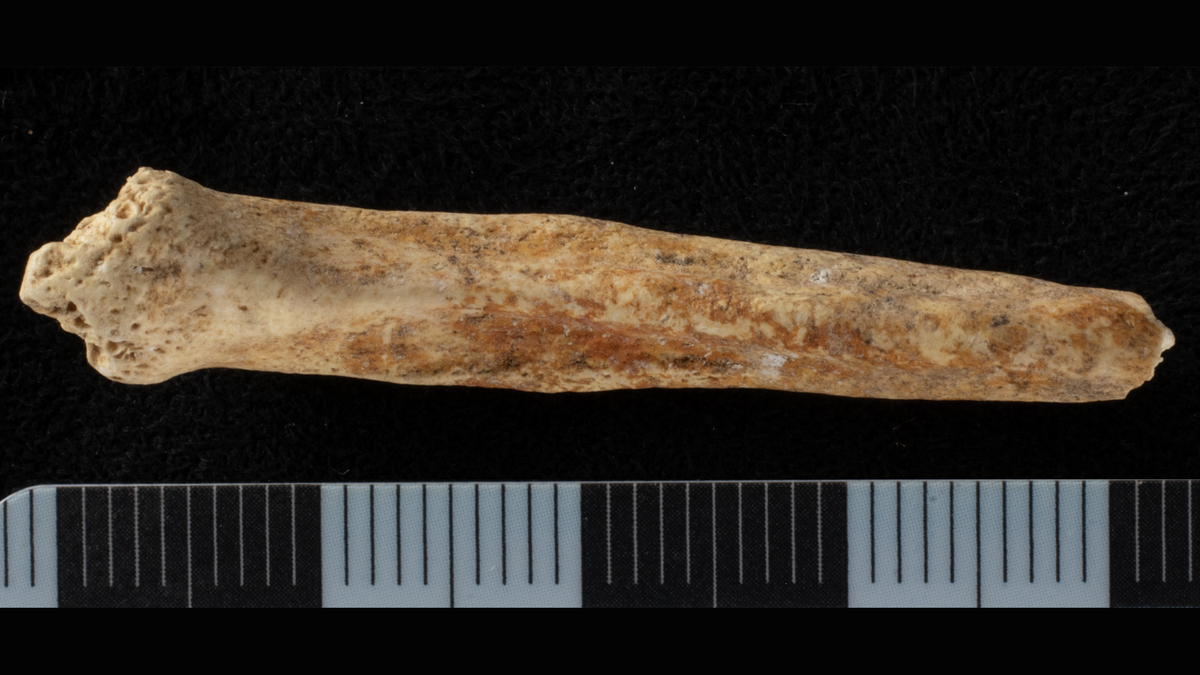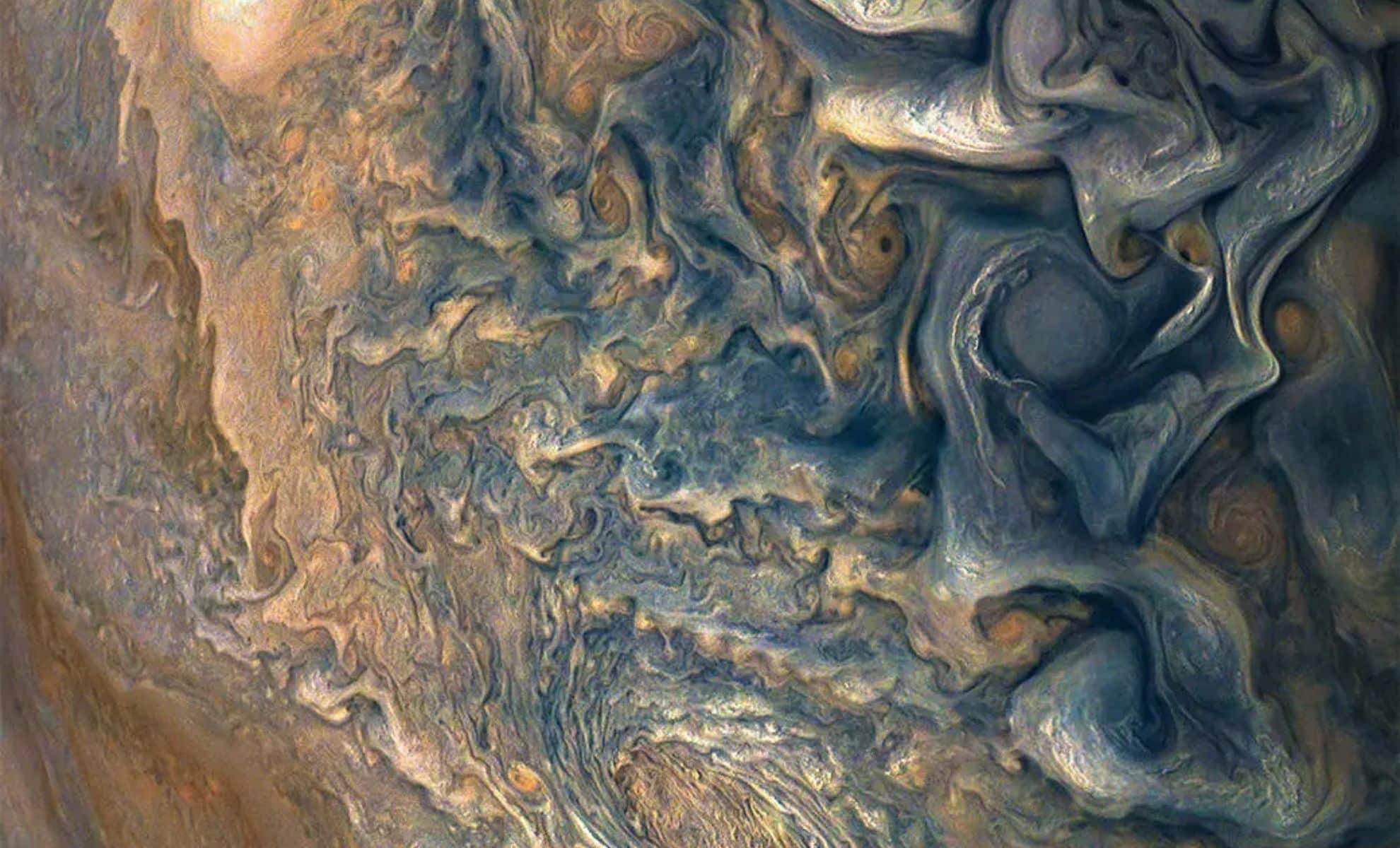Abstract
A new estuarine moray eel, Uropterygius hades sp. nov., is described based on 14 specimens from Japan, Taiwan, the Philippines, southern Indonesia, and Fiji. It is a small-bodied, slender, uniformly dark-brown moray separated from congeners within the U. concolor species complex. The new species can be distinguished from congeners by the anteriorly positioned small eyes (5.0–7.2% of head length), absence of branchial pores, and extended inner rows of teeth which reach the posterior end of the jaws. Uropterygius hades sp. nov. represents a rare species of moray eel that inhabits turbid estuarine environments, preferring soft, muddy substrates, and burrowing and hiding among rocks or in fallen mangrove leaves. Additionally, Uropterygius mactanensis Huang, Balisco, Evacitas & Liao, another species recently separated from the U. concolor species complex, is reported for the first time from Iriomote Island in the Ryukyu Archipelago based on two specimens; this new record expands the geographic range of U. mactanensis from the central Philippines to southern Japan.
Key words: DNA barcoding, mangroves, unicolor snake moray, Uropterygiinae, Uropterygius mactanensis

 |
| Fresh colorations of Uropterygius hades sp. nov. A NMMB-P039570, holotype, 349 mm TL, male B PNM 15806, paratype, 313 mm TL, female. Arrows indicate the position of the anus. |

 |
| Live photos of Uropterygius hades sp. nov. A NMMB-P039570, holotype, 349 mm TL, male B PNM 15806, paratype, 313 mm TL, female. |
Uropterygius hades sp. nov.
Diagnosis: A small, slender moray eel, possible maximum TL <350 mm, female mature at 171 mm TL. Anus at mid-length of body. Eyes small and anteriorly placed. Snout pointed. Upper jaw slightly longer than lower jaw. Teeth sharply pointed with smooth edges and recurved tips; intermaxillary teeth in 5 rows; maxillary and dentary teeth biserial, inner rows extending to about posterior end of jaws; vomerine teeth in single row. No branchial pore. Body uniformly dark brown; head pores, oral cavity, and inner skin of posterior nostril and gill opening whitish; iris reddish-brown. Total vertebrae 117–122.
Etymology: The new moray eel is named after Hades, the ancient Greek god of the underworld, in reference to its habitation in turbid estuarine waters, high sensitivity to light, and its uniformly dark coloration, reminiscent of the underworld god. A noun in apposition.








Leave a Comment